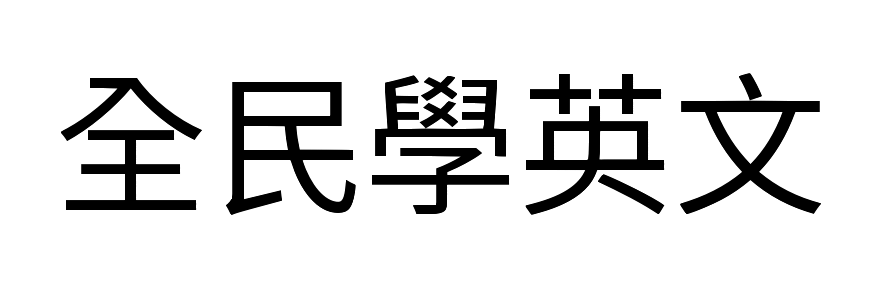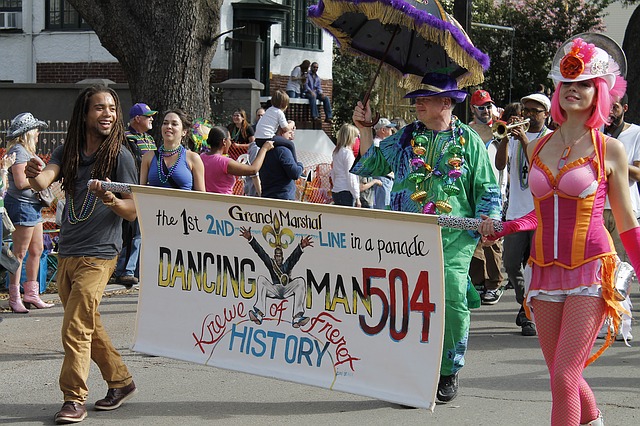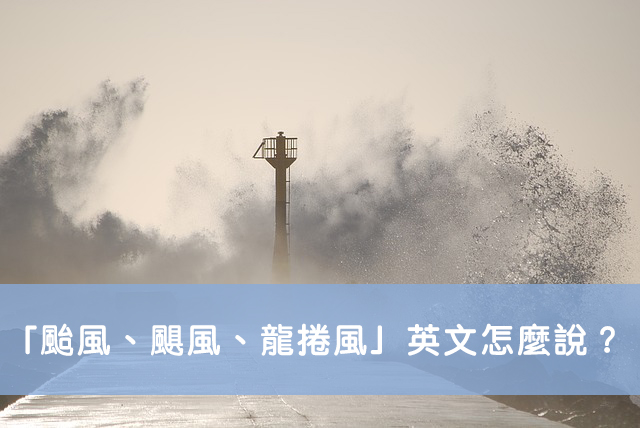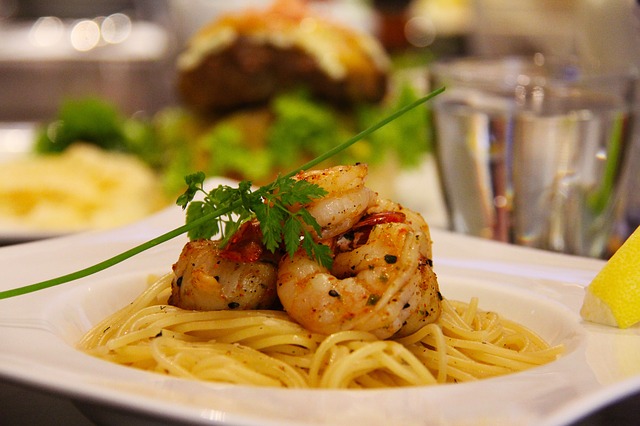Mardi Gras—Let the Good Times Roll!
紐奧良狂歡節—讓美好時光永不停歇!
美國的狂歡節(Mardi Gras)其實就是一場規模相當盛大的嘉年華會,每年在許多大城市都會舉辦這樣的慶祝活動,而其中紐奧良狂歡節更是許多大學生心中的朝聖之地,也是美國最受歡迎的慶典之一。
Mardi Gras, with its fancy costumes, lively parades and marching bands, is one of America’s oldest and most colorful celebrations. This festival, which is held over several days in February or March, is mainly associated with New Orleans, but also celebrated in Mobile, Alabama, Biloxi, Mississippi and other U.S. cities with French heritage. Meaning “Fat Tuesday” in French, Mardi Gras was traditionally the last day to eat, drink and be merry before Lent, the 40 days of prayer and fasting that lead up to Easter.
Known as Carnival (from the Latin carne vale, or “farewell to meat”) in most Catholic countries (Brazil’s Carnaval is the most famous), Mardi Gras was first brought to America in 1699 by French explorer Pierre Le Moyne d’Iberville, who was sent to claim Louisiana for France. Indeed, Louisiana was named after the French King Louis XIV. While the territory later became part of the U.S. after the Louisiana Purchase, the tradition of Mardi Gras continued.
First celebrated with masked balls and formal dinners, Mardi Gras changed forever when a group of young men returned to New Orleans from a visit to France in 1829. Imitating the festivities they’d seen in Paris, they danced through the streets in colorful costumes, starting the tradition of Mardi Gras parades. Floats and marching bands were added in 1857 by a group of local businessmen calling themselves the Mistick Krewe of Comus.
Ever since then, rival “krewes” have competed to see who can put on the best parade, and who can toss the best “throws”—beads, plastic coins and other trinkets—to the crowds. Mardi Gras has become such an important part of New Orleans culture over the years that not even two world wars, or Hurricane Katrina, have kept the locals from “letting the good times roll.”
有炫目服裝、熱鬧遊行和軍樂隊演出的狂歡節,是美國歷史最悠久,也最多采多姿的慶典之一。這場每年二月或三月一連舉行數天的節慶,一般讓人想到紐奧良,但也在美國阿拉巴馬州莫比爾、密西西比州拜洛希和其他有法國傳統的城市慶祝。法文意為「油膩星期二」的馬蒂格拉,傳統上是四旬齋前可以吃吃喝喝、快快樂樂的最後一天,再來就要度過四十天的祈禱和齋戒,準備迎接復活節。
在多數天主教國家俗稱嘉年華會(源於拉丁文的「carne vale」, 為「告別肉食」之意,以巴西的嘉年華會最負盛名),狂歡節最早在一六九九年由法國探險家皮耶里蒙迪艾伯維爾帶入美洲,他原是被法國派去宣示路易斯安那的主權。的確,路易斯安那是以法王路易十四為名。雖然該地歷經「路易斯安那購地」成為美國領土,狂歡節的傳統依然延續。
起初舉辦面具舞會和正式晚宴慶祝的狂歡節,在一八二九年一群年輕人拜訪法國回到紐奧良之後永遠改變了。他們模仿在巴黎見到的慶祝活動,穿上五彩繽紛的服裝沿街跳舞,開啟了狂歡節的遊行傳統。花車和軍樂隊在一八五七年由一群自稱「科莫斯神秘克魯隊」的在地商人加進。
自此之後,諸多「克魯隊」會彼此競爭,看誰能演出最精采的遊行,誰能向群眾丟出最棒的「投擲」―也就是珠子、塑膠硬幣和其他小裝飾品。多年下來,狂歡節已成為紐奧良文化如此重要的一環,連兩次世界大戰或是卡崔娜颶風,都無法阻止當地人「讓美好時光永不停歇」
【實用字彙】
costume (n.) 道具服,變裝服
carnival (n.) 嘉年華會
explorer (n.) 探險家
imitate (v.) 模仿
hurricane (n.) 颶風
本文取材自《美國文化通American Online:EZ TALK總編嚴選特刊》
圖片來源:pixabay
除了上面文章內容,你還可以參考下方更多相關英文教學。
更多生活英文
如果你喜歡學習各種英文文法、英文片語、口語英文、英文單字等等,歡迎追蹤全民學英文的 FB 粉絲專頁、Instagram,以及Line 官方帳號。



